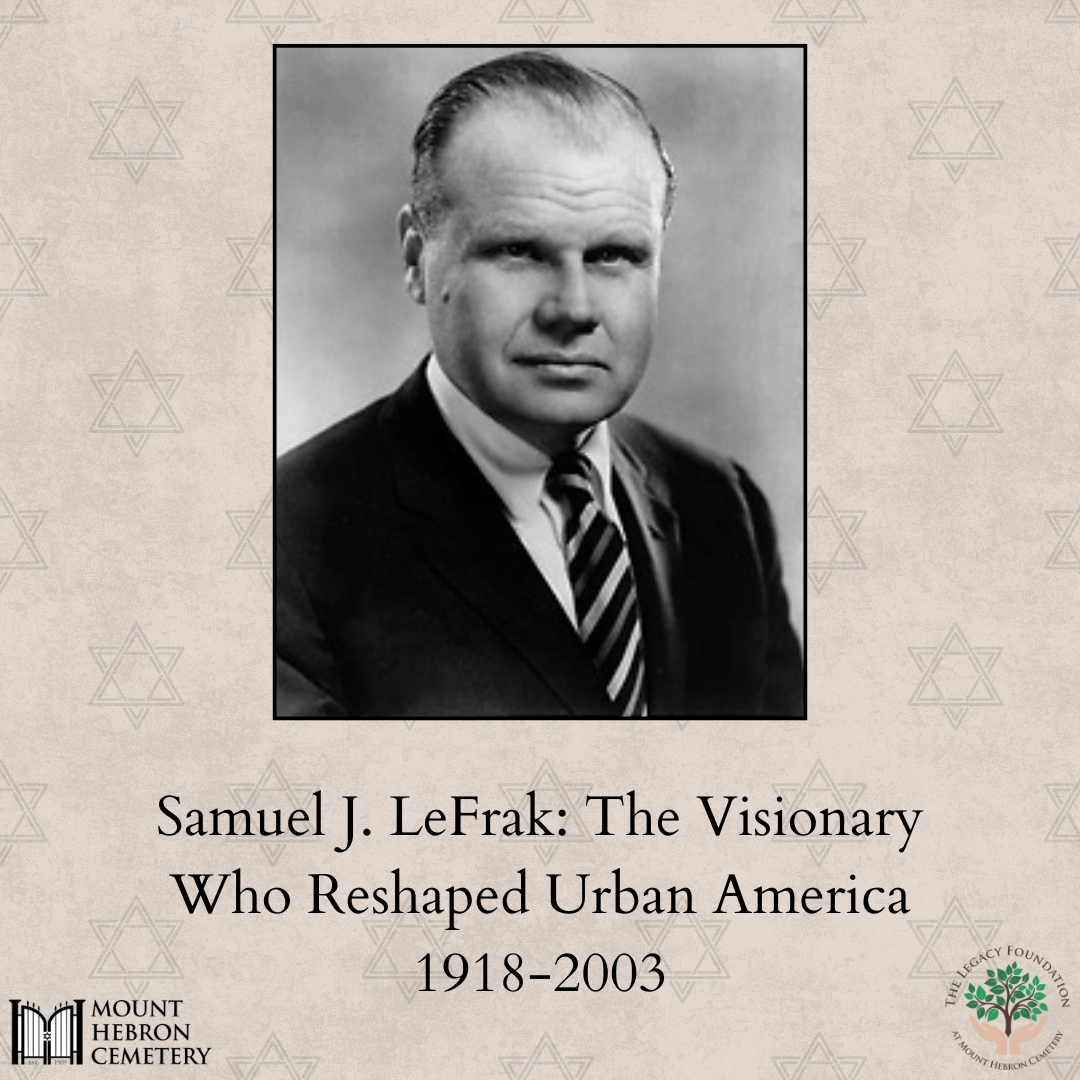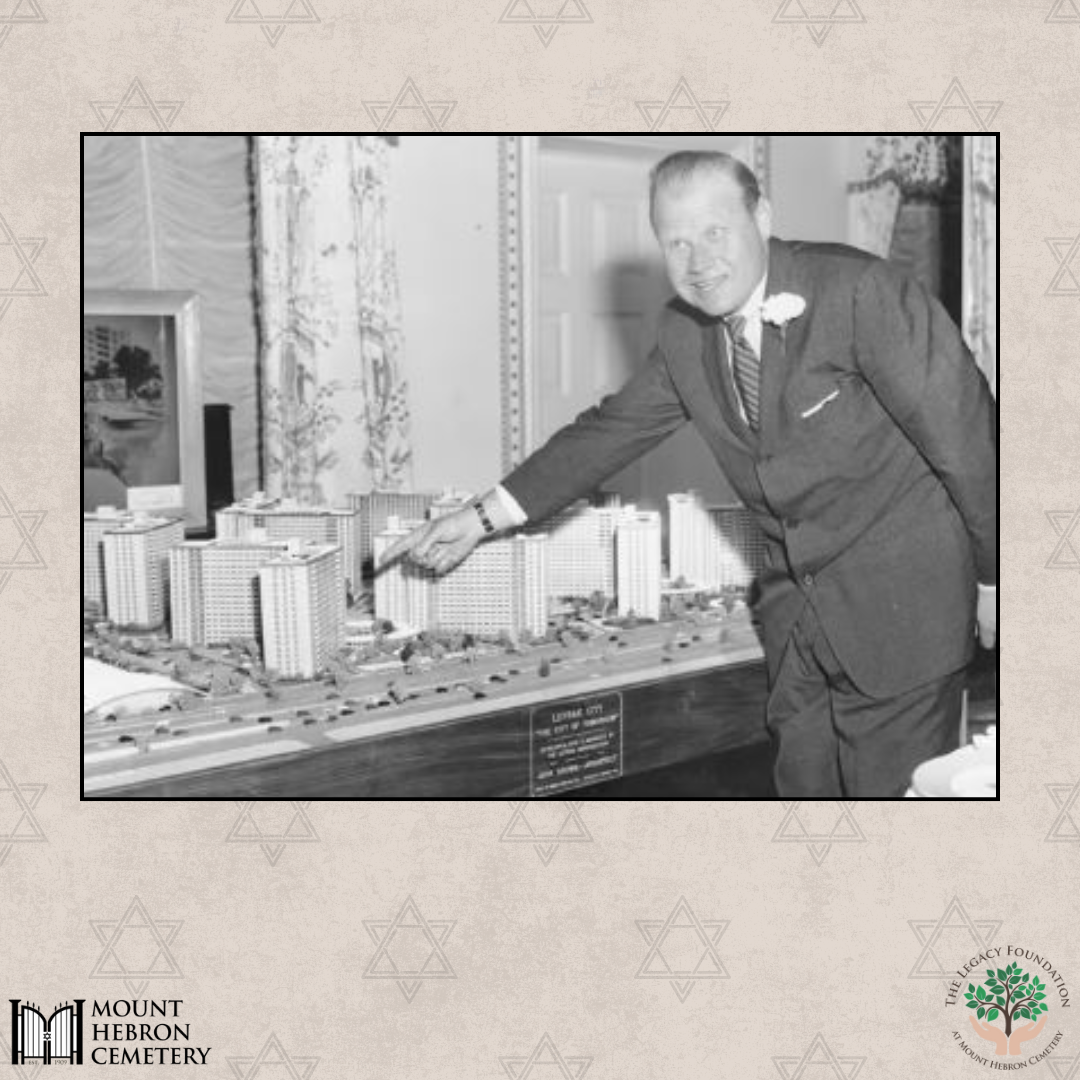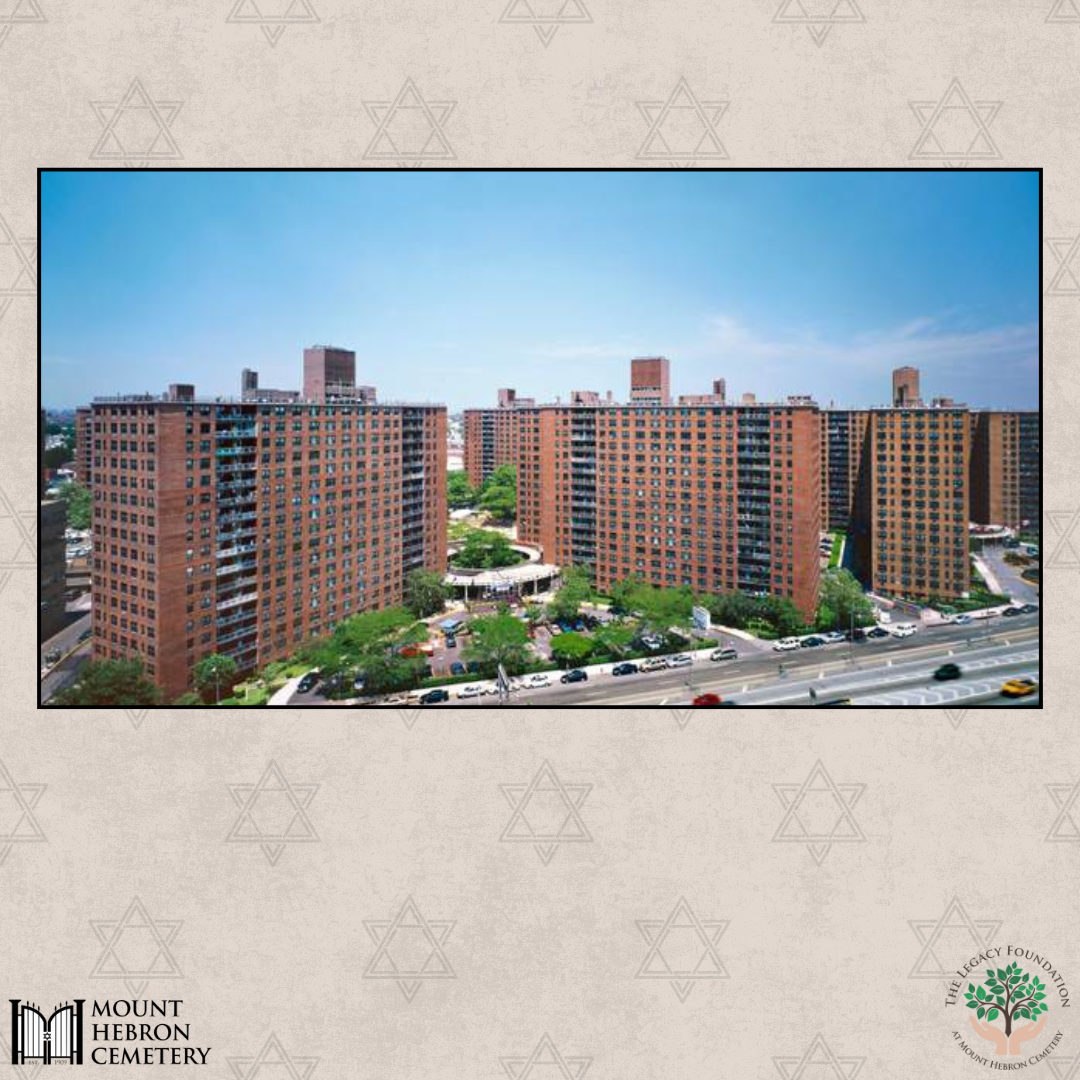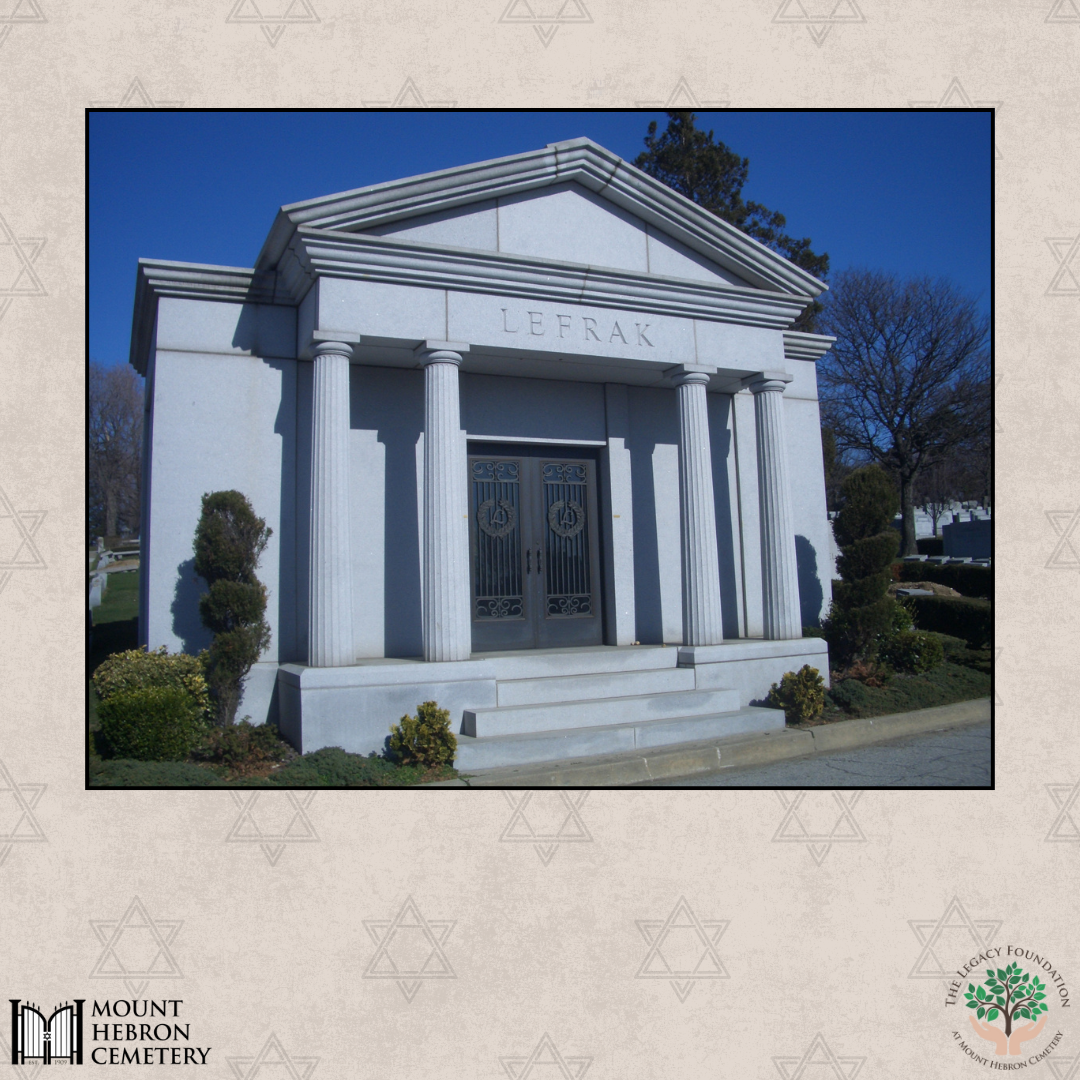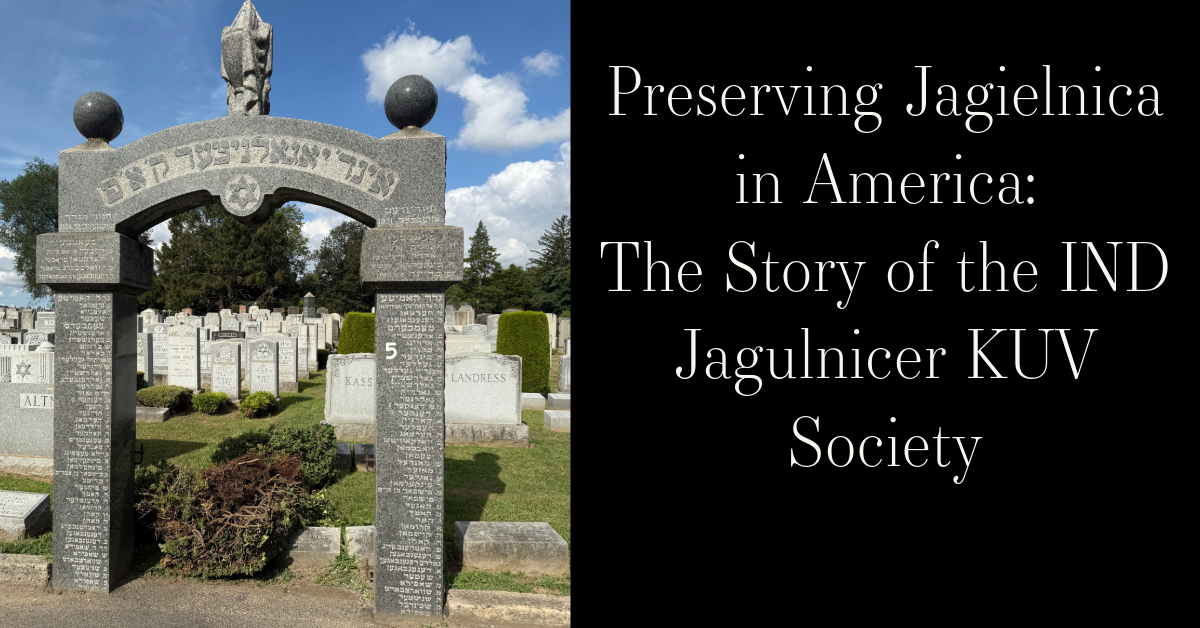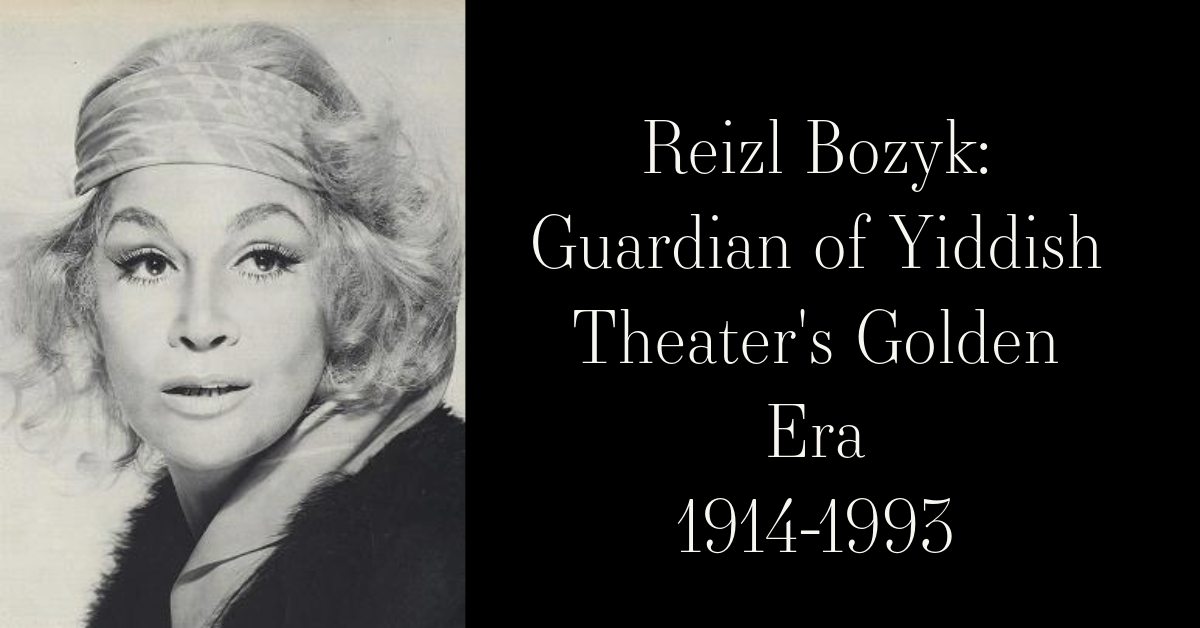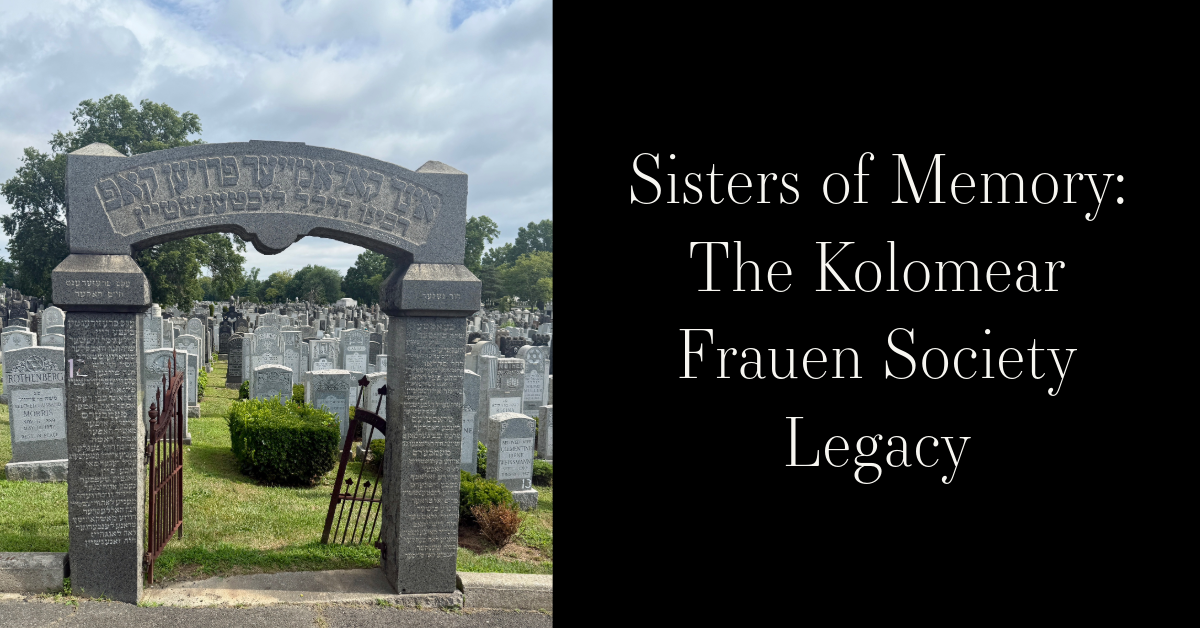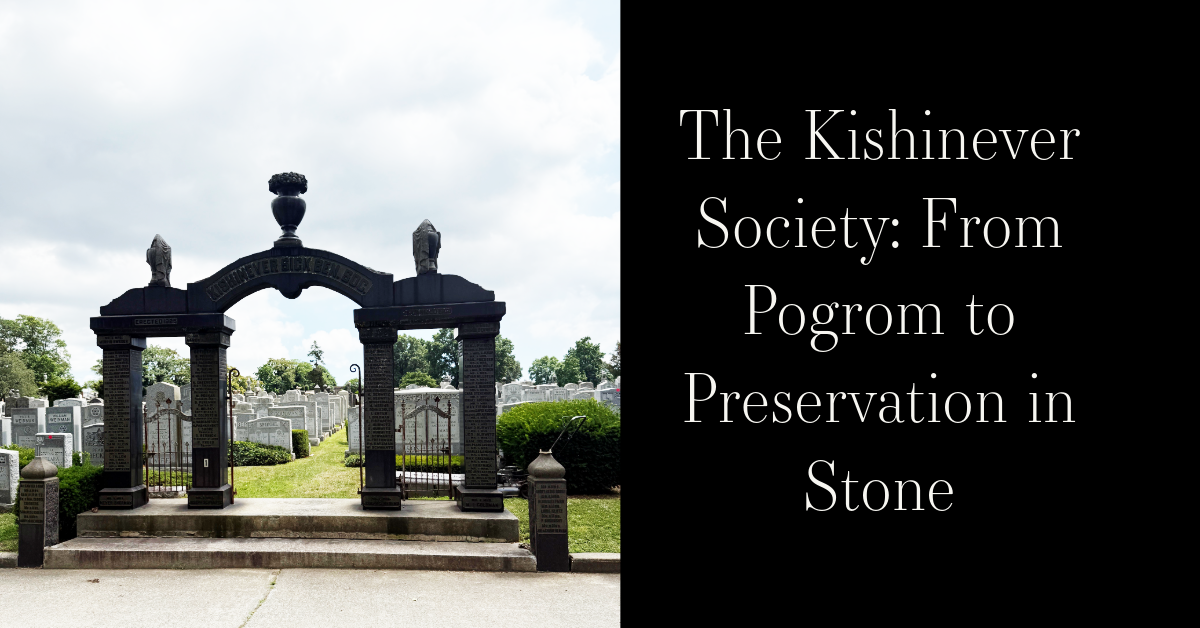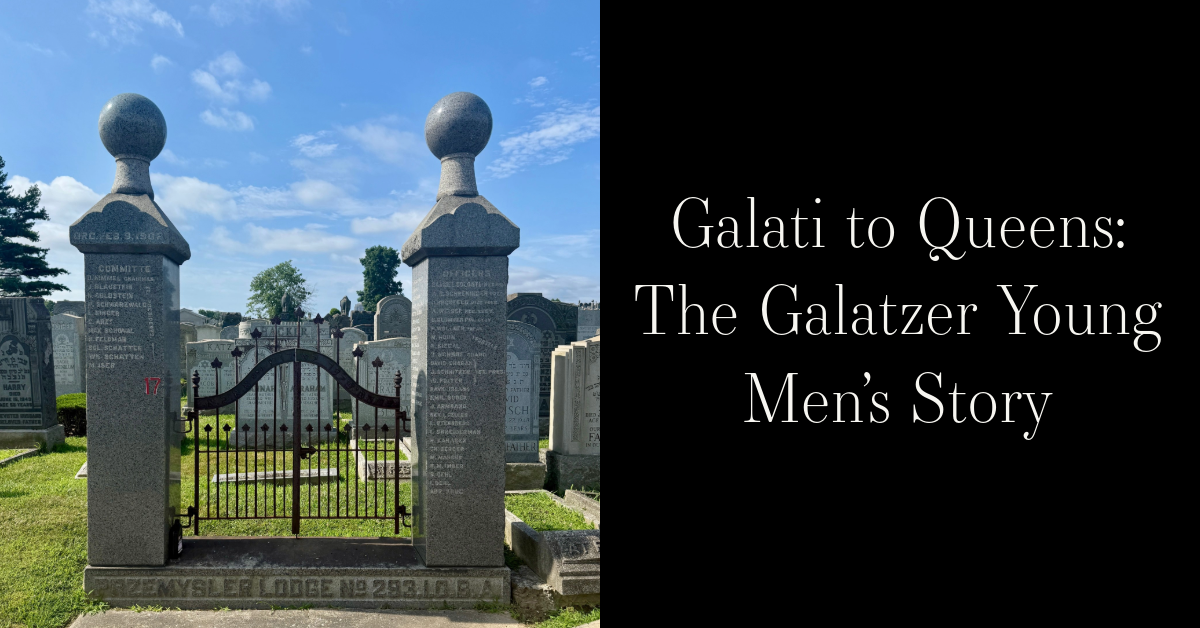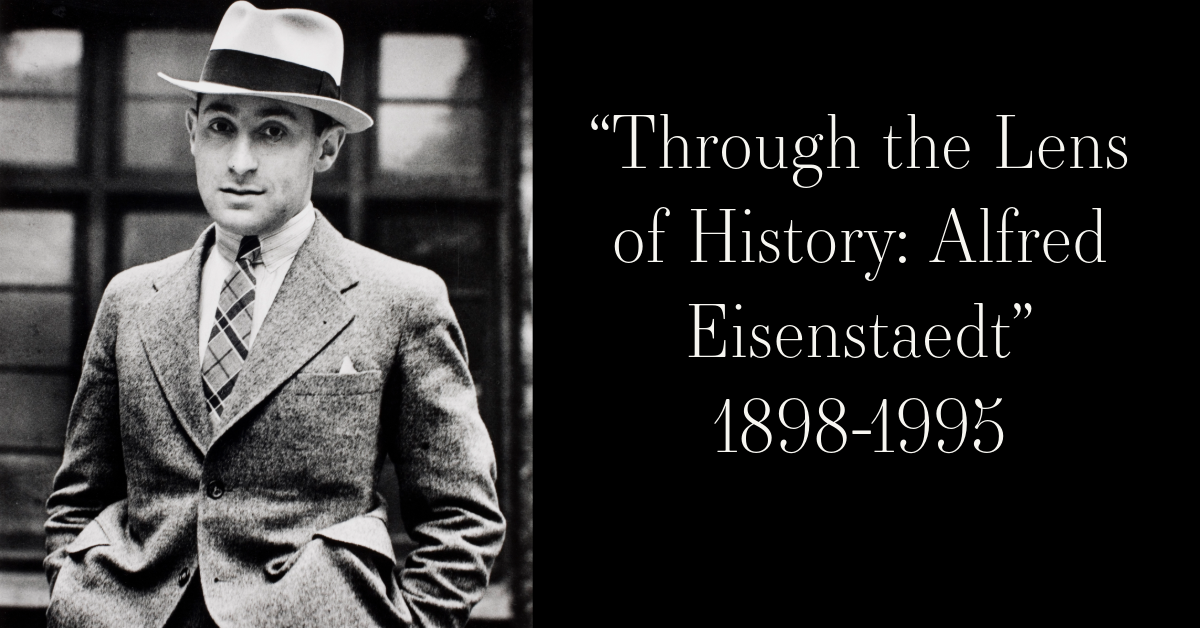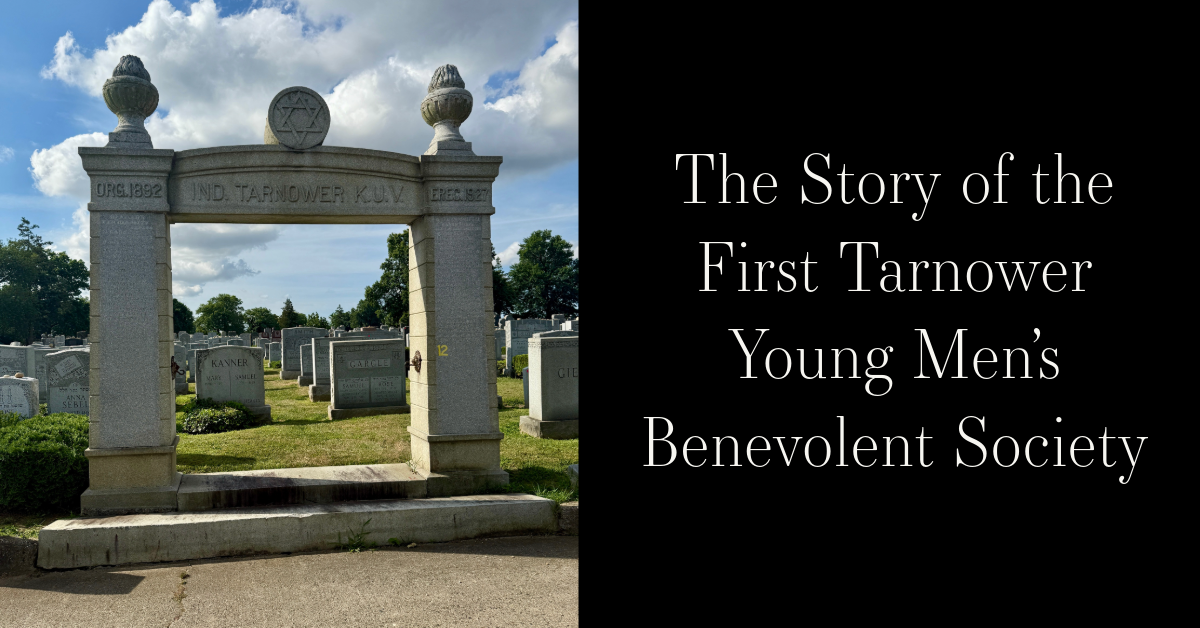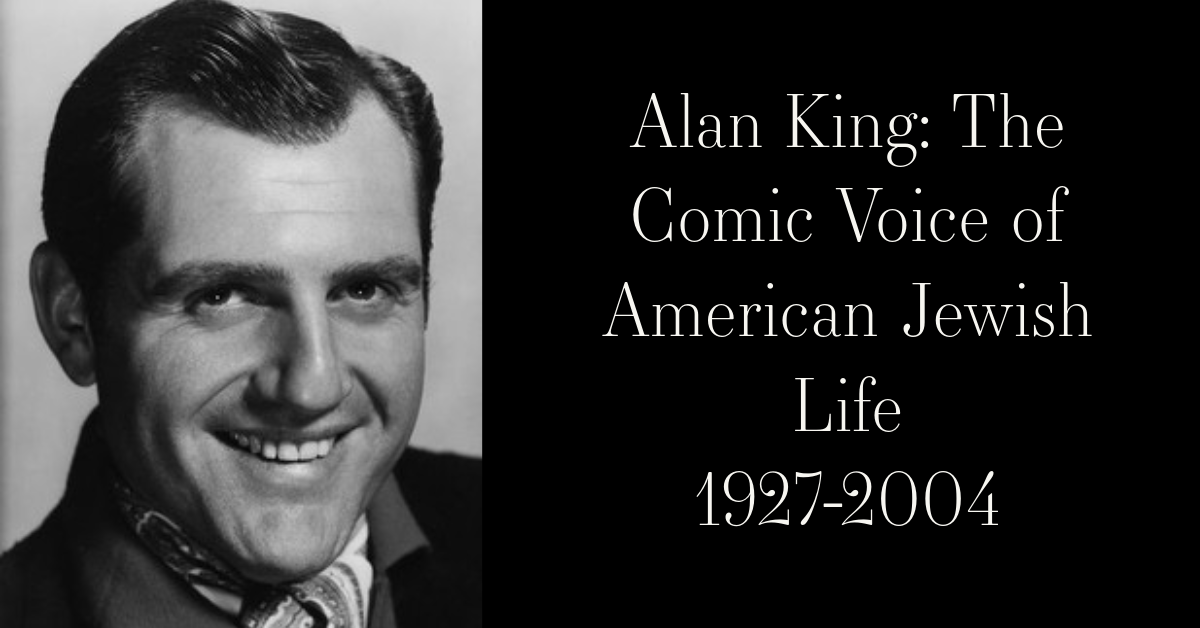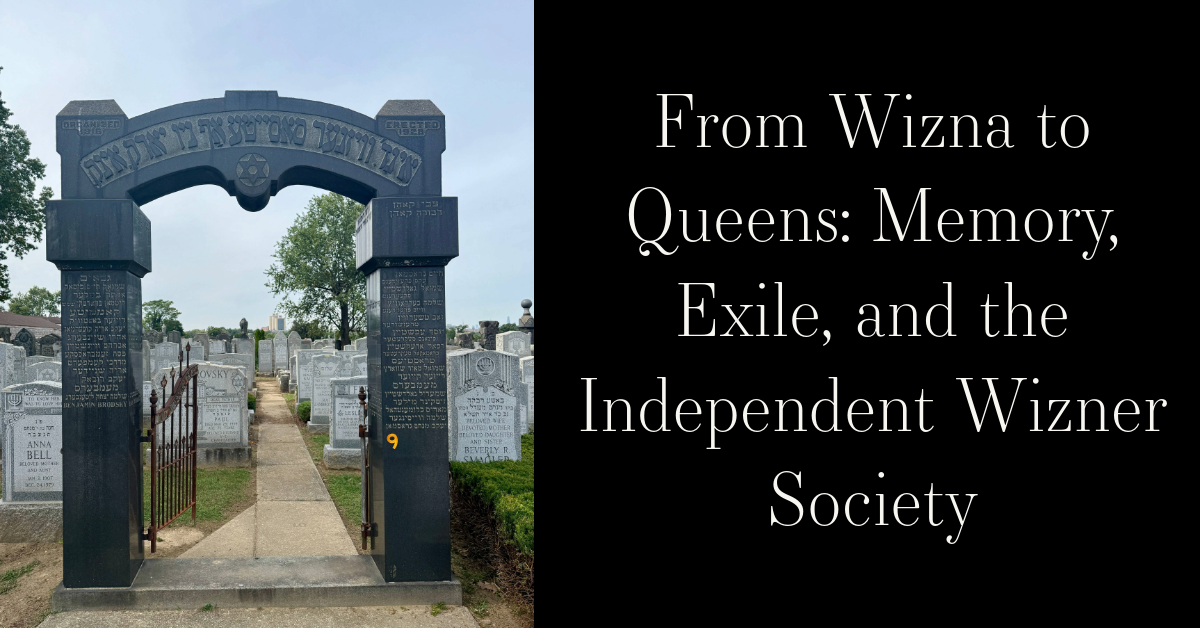Story Summary:
Samuel J. LeFrak was a transformative American real estate developer who reshaped postwar urban housing by creating large-scale, affordable residential communities for the middle class. As head of the LeFrak Organization, he led the development of iconic projects like LeFrak City in Queens and the Newport complex in Jersey City, pioneering cost-efficient construction techniques and integrated living spaces. Known for his bold vision and commitment to accessibility, LeFrak also championed diverse housing and urban revitalization. Beyond real estate, he was a generous philanthropist, supporting institutions like the American Museum of Natural History and Columbia University. His legacy continues through the communities he built and the lives he impacted. ~Blog by Deirdre Mooney Poulos
Samuel J. LeFrak: The Visionary Who Reshaped Urban America
In the landscape of American cities, few figures have left a more enduring mark than Samuel J. LeFrak (1918 to 2003). As the head of the LeFrak Organization, Samuel was a real estate titan whose developments transformed the skyline of New York City and redefined the postwar American dream. His legacy is cemented not just in concrete and glass but in his pioneering philosophy that urban development should be both expansive and accessible.
Samuel J. LeFrak was born on February 12, 1918, in Brooklyn, New York, into a Jewish immigrant family. His father, Harry LeFrak, had already established a small real estate business, which Samuel would later expand into one of the most formidable development companies in the country.
Educated at the University of Maryland, Samuel studied philosophy and law before returning to New York to join the family business. In the mid-20th century, he seized the opportunity to respond to the country’s post-World War II housing crisis by designing large-scale residential developments tailored for the expanding middle class.
LeFrak’s signature achievement was his ability to merge affordability with scale. One of his most iconic projects, LeFrak City, built in Queens in the early 1960s, epitomized his vision. The 20-building complex housed more than 14,000 residents and included its own schools, shopping center, playgrounds, and medical facilities. It was designed as a “city within a city,” offering convenience, comfort, and community.
He was also a pioneer of prefabricated construction techniques, which helped keep costs down while accelerating development timelines. In an era of racial and economic tension, LeFrak was notable for advocating integrated housing, something not widely embraced by his peers. He believed that good housing should be a universal right, not a luxury.
Beyond Queens, Samuel J. LeFrak played a key role in transforming the skyline of Jersey City, Battery Park City, and even parts of South Florida. In the 1980s and 1990s, the LeFrak Organization expanded into commercial and mixed-use development. Notable among these was the Newport Complex in Jersey City, an ambitious waterfront project that helped rejuvenate the city’s economy and housing prospects, turning an industrial wasteland into a thriving residential and business hub.
His developments were not without criticism. Some urban planners found the scale of his projects to be overwhelming or lacking in aesthetic variety. Still, few could argue with their utility and impact. He brought housing to hundreds of thousands, created jobs, and stimulated urban renewal in neighborhoods long overlooked by mainstream developers.
Samuel J. LeFrak was more than just a builder. He was a patron of education, science, and the arts. A generous philanthropist, he contributed to Columbia University, the Guggenheim Museum, and the American Museum of Natural History. In 1991, he donated $10 million to the American Museum of Natural History to fund the Samuel J. and Ethel LeFrak Theater, a gift that reflected both his civic pride and his belief in public access to culture.
Known for his wit, bravado, and flamboyant personality, LeFrak was also a classically trained pianist and wrote books on philosophy. His interests ranged from metaphysics to technology, and he maintained lifelong friendships with artists, scientists, and intellectuals. He once described development as both a business and a calling, something that required imagination, discipline, and a deep connection to the needs of ordinary people.
Samuel J. LeFrak passed away on April 16, 2003, but his influence lives on. The LeFrak Organization, now run by his descendants, remains a powerful force in American real estate. More importantly, the communities he built continue to thrive, homes to generations of working families, immigrants, and dreamers who embody the very vision he had for a more inclusive urban landscape.
In redefining what postwar urban living could look like, LeFrak did not just build apartments. He built opportunity. May his memory be a blessing.
~Blog by Deirdre Mooney Poulos
Work Cited:
The New York Times
Roberts, Sam. “Samuel J. LeFrak, Builder of Middle-Class Housing, Dies at 85.” The New York Times, 17 Apr. 2003,
https://www.nytimes.com/2003/04/17/nyregion/samuel-j-lefrak-builder-of-middle-class-housing-dies-at-85.html
LeFrak Organization
LeFrak Organization. “About Us.”
https://www.lefrak.com/about-us/
American Museum of Natural History
American Museum of Natural History. “LeFrak Theater.”
https://www.amnh.org/plan-your-visit/amnh-lefrak-theater
Columbia University News Archive
Columbia University. “New Facilities Made Possible by LeFrak Family Gift.” Columbia News,
https://news.columbia.edu/news/lefrak-hall-opens
Forgotten New York
Forgotten New York. “LeFrak City.”
https://forgotten-ny.com/2020/02/lefrak-city-queens/


